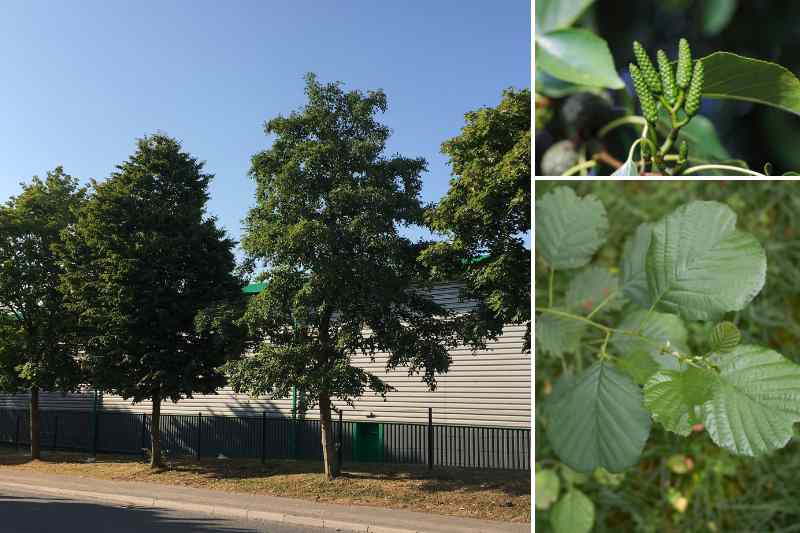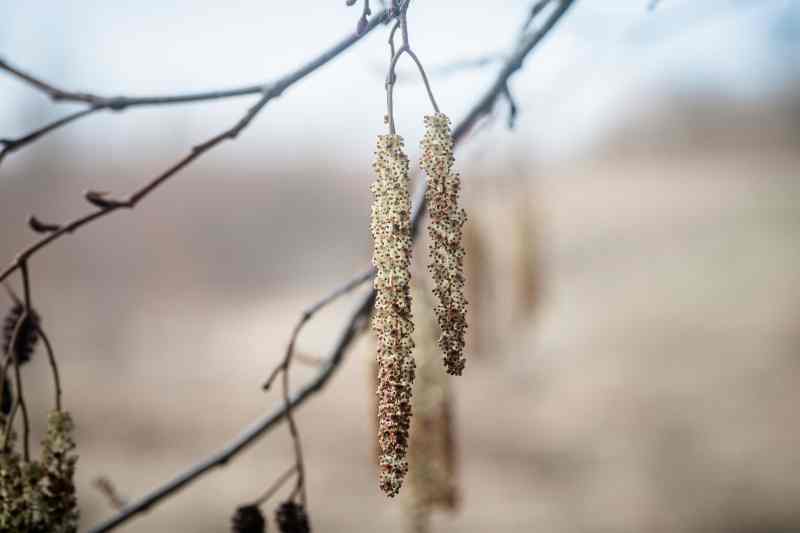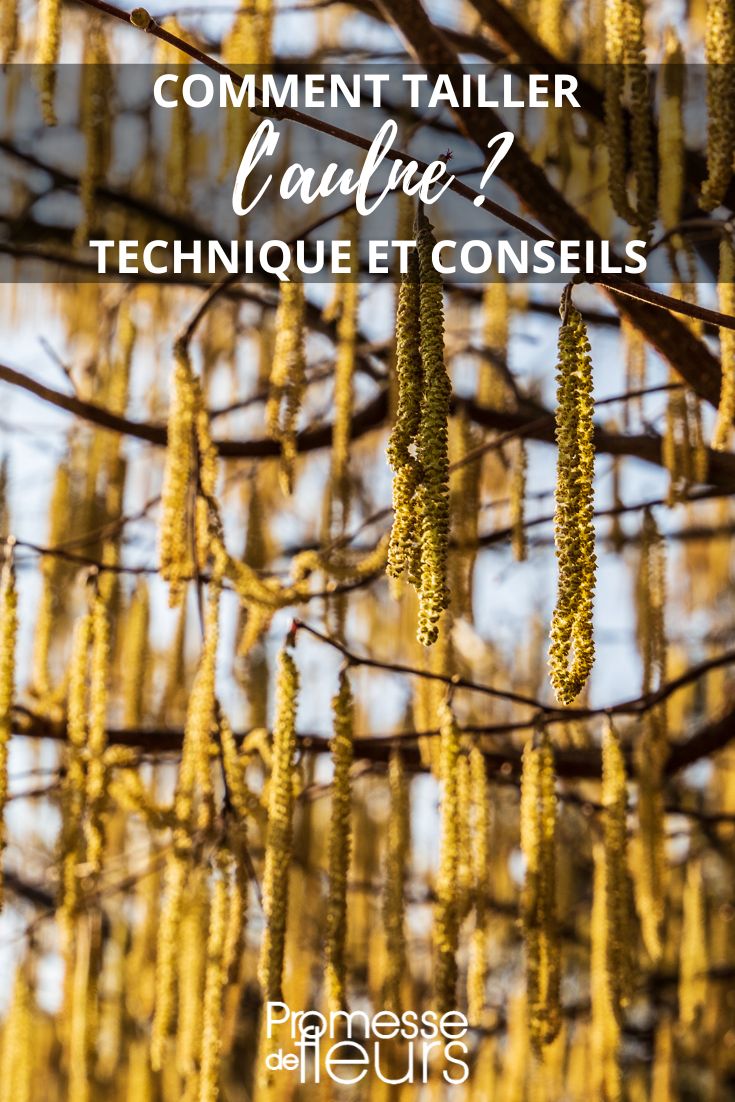Alder (Alnus) is a deciduous tree known for its rapid growth and its remarkable ability to thrive in wet soils. In addition to its major ecological role — enriching soil with nitrogen thanks to its symbiotic roots —, it is a valuable asset for your garden. Pruning alder is essential to preserve its health, control its growth and highlight its natural shape. Follow this tutorial to learn how to prune your alder effectively and respectfully.
Alders at a glance
Alders (Alnus) are deciduous trees, often found near wet areas such as banks and marshes. Their rapid growth and ability to enrich soil with nitrogen thanks to their symbiotic roots make them valuable allies for environment. Recognisable by their smooth bark, ovate leaves and pendulous aments, alders play an essential ecological role in stabilising soils and providing habitat for wildlife.
Among most common species are:
- White alder (Alnus incana) : hardy to cold, found in northern Europe and in mountains
- Glutinous alder (Alnus glutinosa) : common in Europe, prefers wet soils and is often planted along waterways
- Corsican alder (Alnus cordata) : alder with elegant habit, native to mountains of Corsica and southern Italy
- Among these species, many cultivars exist with particular habit and foliage.
To learn more about alders, read family sheet devoted to genus Alnus, Alder: planting and growing.

Why prune alder?
Regular pruning of alder brings many benefits:
- Preserve its health : remove dead, diseased or damaged branches to prevent disease and avoid infestations of parasitic organisms.
- Control its growth : keep alder to dimensions suited to your space and prevent it encroaching on other plants or structures.
- Improve its appearance : thoughtful pruning structures tree, thins crown and showcases its natural shape.
- Ensure safety : remove weak or unstable branches to prevent accidental falls.
When to prune alder?
Best time to prune alder is during dormancy, that is late winter or early spring, before new shoots appear. This strategic timing helps minimise stress on tree and optimises wound healing.
Avoid : do not prune in autumn or during sap rise, as this may weaken tree and attract parasites.

Equipment needed
For a clean and safe prune, have following tools ready :
- Pruning shear clean and well-sharpened : ideal for small branches
- Pruning saw (some adapt to fit onto a pole) : indispensable for thick branches
- Lopper / pole pruner : ideal to reach higher branches
- Gardening gloves
- Protective goggles : against flying wood chips or bark (never too careful)
- Disinfectant : clean tools before and after use to avoid spreading disease
- Stable stepladder : if tree is large, a secure stepladder will let you reach difficult areas
Reminder: how to prune a tree branch correctly?
Identify collar and bark covering
- Collar is slightly swollen area at base of branch, where it joins trunk or a main branch. It is essential zone for healing.
- Never cut into collar or too close to it.
Make a three-step cut for thick branches
If branch is large or heavy, use three-step method to avoid tearing:
- First cut: undercut on branch
- Make small notch (about 1/3 of branch thickness) 15–20 cm from trunk. This prevents bark tearing during following steps.
- Second cut: main section
- Cut branch completely a few centimetres beyond first notch, starting from top. This removes branch weight.
- Third cut: clean finish
- Make final neat cut just outside collar for optimal healing.
Use suitable, sharp tools
- Use pruning shear, pruning saw or lopper/pole pruner according to branch thickness. Well-sharpened tools ensure clean cuts that heal faster.
Respect cutting angle
- Cut at an angle to prevent rainwater from pooling on wound, which could encourage infections.
Disinfect your tools
- Before and after pruning, clean tools with disinfectant (such as 70% alcohol or a diluted bleach solution) to avoid spreading disease.
How to prune alder?
1. Preparation
- Disinfect tools with suitable product
- Inspect tree carefully to identify branches to remove
2. Remove problematic branches
- Cut dead, diseased or damaged branches at collar (slightly swollen area at branch base). This promotes good healing.
- Remove branches that cross or rub against each other to avoid wounds and promote harmonious structure.
3. Thin the crown
- Remove excess secondary branches, particularly those that prevent light and air circulating through foliage.
4. Respect natural structure
- Avoid cutting more than 25 % of total branches in a single operation. This could stress tree.
Bonus tip: be patient!
Pruning is an important moment for alder, but then let it take time to regenerate.
After pruning: alder care and maintenance
Once pruning is finished, a few simple actions help alder recover:
- Watering : water tree if soil is dry, especially after heavy pruning.
- Soil amendment : apply compost at base, lightly work in during spring to encourage vigorous recovery.
- Monitoring : observe tree in weeks following pruning to detect any signs of stress, such as wilted leaves or poorly healed wounds.
































Comments